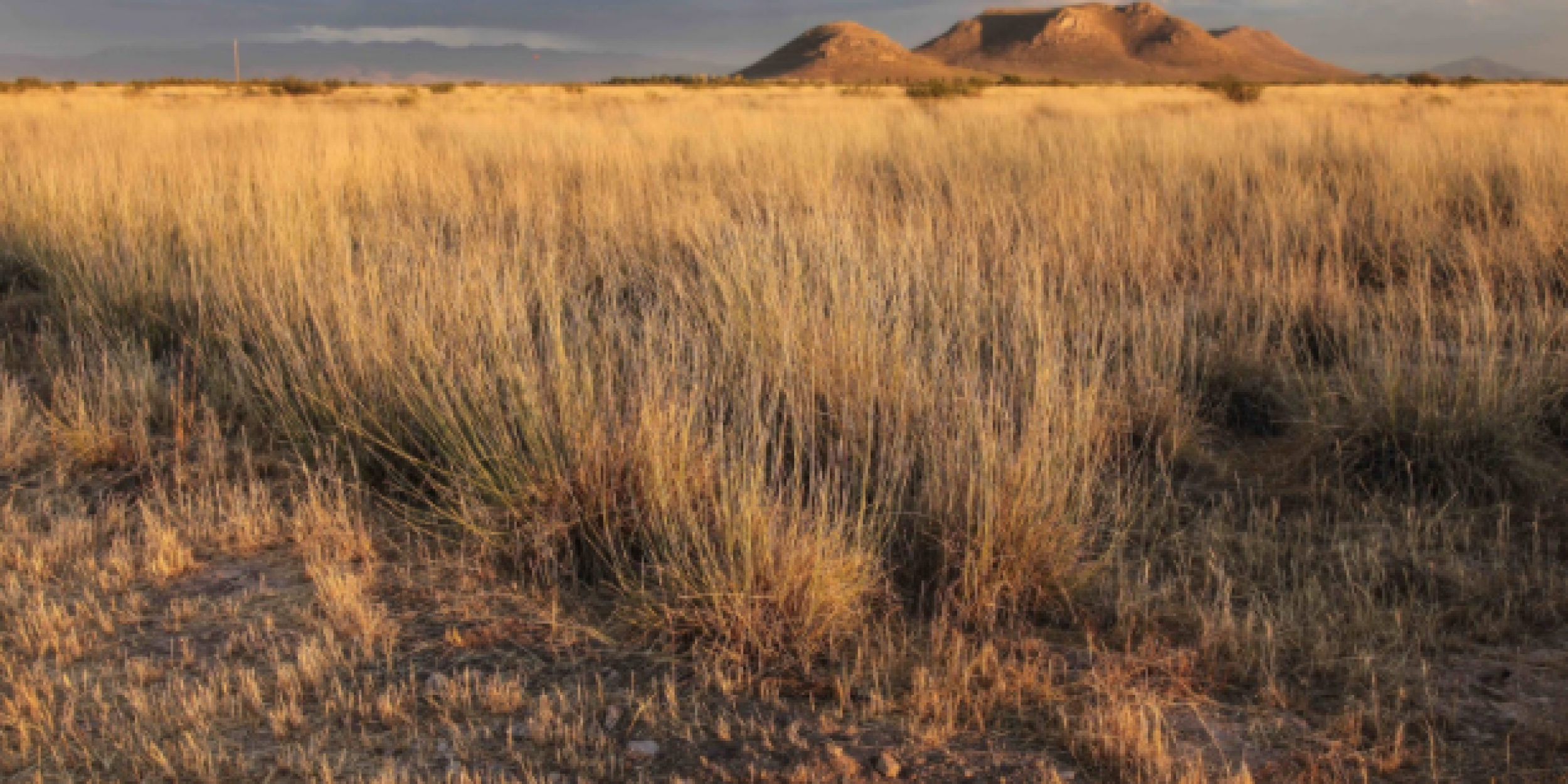Dry wild grasses Image: Ingrid Curry
Severe droughts are a devastating climate event and are considered one of the costliest natural disasters in the United States. With droughts impacting both ecological and economic sectors, improving the capability to predict the evolution of drought and its severity and frequency more accurately and reliably is crucial for early drought warning and mitigation.
There have been considerable efforts toward understanding the mechanisms and predictability of drought. However, the current level of skill in forecasting drought onset, development, and demise is limited. This may be because other sources of predictability, such as land–atmosphere feedback from various surface conditions (e.g., soil moisture, snow cover, vegetation properties, etc.), may not be accurately represented in the models. If these land-atmosphere processes were accurately represented, this may help strengthen the level of skill in forecasting drought. For instance, differences between observed and modeled soil moisture could result in temperature and air pressure disparities, which play an important role in determining drought conditions.
To address this need, NIDIS funded a study through NOAA’s Climate Program Office Modeling, Analysis, Predictions, and Projections (MAPP) Program. In a new Journal of Hydrometeorology article based on the study, authors Chul-Su Shin, Bohua Huang, Paul A. Dirmeyer, Subhadeep Halder and Arun Kumar conduct two sets of reforecasts using the NASA Global Land Data Assimilation System Version 2 (GLDAS-2) Reanalysis vs. NCEP Climate Forecast System Reanalysis (CFSR) initialized with different land conditions to evaluate how well the two sets of reforecasts reproduce selected severe drought events that occurred during 1979-2010. Reforecasts or “retrospective forecasts” are when a historical date is forecasted as it would have been if the model had been operating at that time. With the atmosphere, ocean, and sea ice initial conditions identical for both sets of reforecasts, the sensitivity and skill of US drought predictions to different land initial conditions are evaluated.
From analyzing 38 severe drought events, it was found that although there is no outstanding performer overall, both sets of reforecasts show superior skill in particular regions, but their locations vary based on lead time and season. For example, analyzing the severe drought event that occurred in the winter of 1999, a pattern of below-normal sea surface temperatures in the tropical Pacific and a negative Pacific Decadal Oscillation phase in the North Pacific is realistically produced in both sets of reforecasts. However, GLDAS-2 initial land conditions show drier soil moisture in the eastern US than the CFSR, which was more consistent with observations. The coupling of drier soil moisture and warmer surface air temperature centered in the central US for the GLDAS reforecasts makes the spatial patterns of soil moisture departures and 2-m temperature in 1999 more consistent with those in observations. As a result of more realistic soil moisture and temperature in GLDAS, an anomalous high pressure was forecasted during this drought event, which resulted in better prediction skill of this drought at up to 4-month lead times.
Researcher Chul-Su Shin said about the study, “Our study suggests that more efforts should be made to reduce the uncertainty of current land surface analyses. More accurate land initial states will further improve the prediction skill of U.S. severe drought on seasonal timescales.”
The results suggest that reduction of the uncertainty of land surface properties among the current land conditions can play an important role in improving US severe drought prediction on seasonal timescales.



